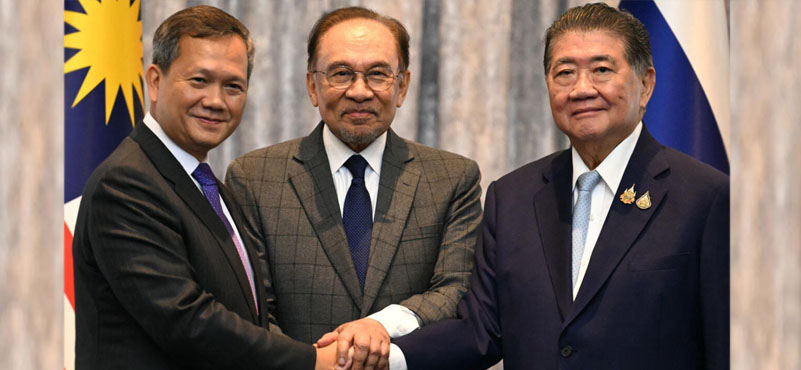Introduction
There is a sentiment and feeling presently that ‘something is rotten’ in the world. One indication being the increasing frequency of military border clashes between countries. This signals a period where issues could become bigger and more dangerous. While all eyes are locked on the Ukraine-Russia conflict and at Israel and Gaza along with Iran, other conflicts and tensions are resprouting up across the globe which includes the Indo – Pakistani tensions as witnessed in the ongoing Operation Sindoor and China’s expansionism along the LAC, in the South China Sea and the latent tensions with Taiwan. But what the world witnessed recently was a clash that took place amongst two Buddhist neighbours Thailand and Cambodia. South East Asia has increasingly been seen as largely peaceful and is also one of the most popular tourist destinations.
Each side has blamed the other for causing the escalation, which reportedly began when a Cambodian soldier was killed in a border skirmish, before worsening when Thai soldiers were injured by landmines in the contested territory . Thailand accused Cambodia of firing rockets and then carried out air strikes on Cambodian military targets.
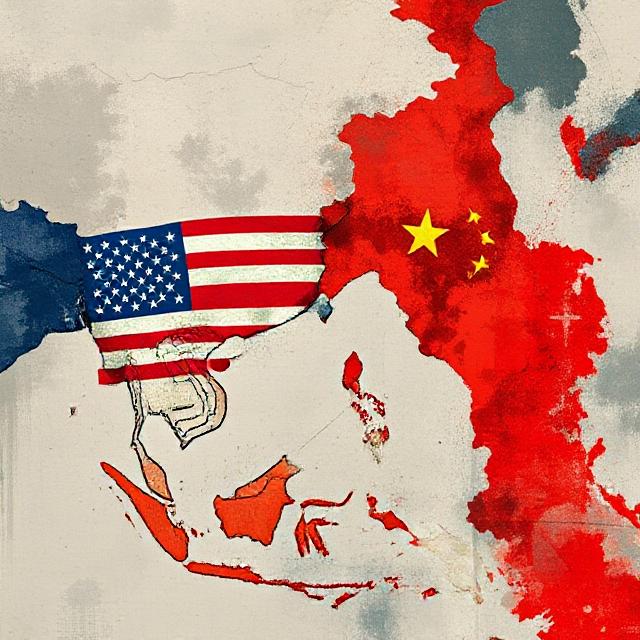
Nothing comes out of a void and these conflicts have historical roots; clashes have taken place throughout previous decades. Yet, this time, and despite past skirmishes at the border, the evolution is less controlled. There is now a trend of countries taking matters into their own hands, as the existing global order is seeing as taking sides and as a result seems unable to resolve issues decisively.
The Roots of Thailand – Cambodia
If we dig into the history of this conflict, it was born, like so many other border conflicts, from lines being drawn on maps by former colonial powers in this case France, whereas in most others, Great Britain. They carved out territories and left issues to linger as modern states gained their independence.
Both Thailand and Cambodia have a long history of rivalry, especially arguments over the roots of their shared heritage experience, periodic tensions along their land border of more than 800 kilometers. Their competing territorial claims stem largely from a 1907 map drawn when Cambodia was under French colonial rule, which Thailand has argued is inaccurate.
The border dispute was supposedly resolved with rulings from the International Court of Justice in 1962 and 2013. This should have ended the Preah Vihear temple dispute between Phnom Penh and Bangkok. But these rulings have been considered ambiguous because, while they confirmed Cambodia’s sovereignty over the temple itself, they did not clearly define the surrounding territorial boundaries.
In 1962, the court ruled that the temple belonged to Cambodia but did not specify who controlled the adjacent 4.6 sq. km of land, which Thailand continued to claim. Things became hostile in 2008, when Cambodia tried to register an 11th Century temple located in the disputed area as a UNESCO World Heritage Site, which was met with heated protest from Thailand.
In 2011, Cambodia went back to the International Court of Justice following several clashes between its Army and Thai forces over Preah Vihear temple that killed about 20 people and displaced thousands. In 2013, the International Court of Justice reaffirmed Cambodia’s sovereignty over the temple and the land on which it stands. It also directed Thailand to withdraw troops from the area. Nevertheless, it still did not provide a precise demarcation of the border or resolve the competing interpretations of colonial-era maps.
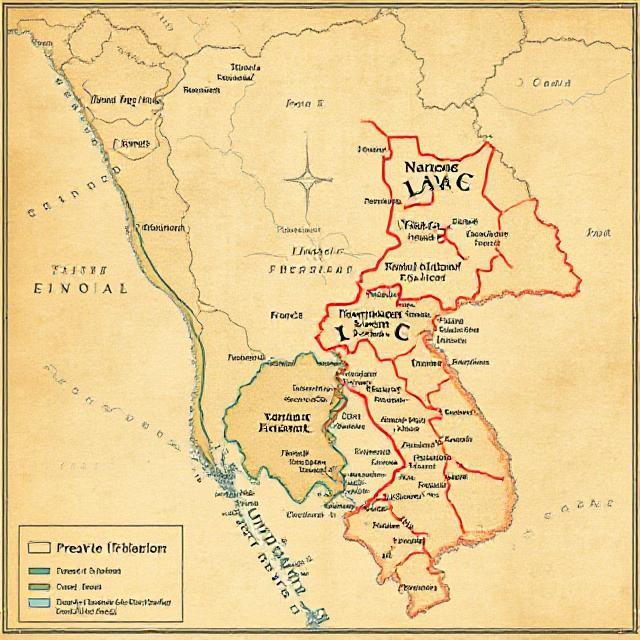
This legal vagueness has maintained claims by both Thailand and Cambodia and this has, in turn, increased nationalist sentiments, leading to recurring tensions and military confrontations.
Over the years there have been sporadic clashes that have seen soldiers and civilians killed on both sides. The latest tensions ramped up in May after a Cambodian soldier was killed in a clash. This plunged bilateral ties to their lowest point in more than a decade. Though this is not the first time the two countries have clashed, this time the tone is different.
In 2003, when false rumours that a Thai soap opera actor had suggested Angkor Wat belonged to Thailand, there were riots in Phnom Penh, and the Thai Embassy was set on fire. Two years ago, Thailand boycotted a kickboxing event at the South-East Asian Games in Cambodia after the discipline was called Kun Khmer rather than Thailand’s name for the sport, Muay Thai.
The deadly border conflict that erupted between Cambodia and Thailand was the most serious escalation in more than a decade. While the fighting began in late May near Chang Bok and intensified around the Prasat Ta Muen Thom and Preah Vihear temple areas, it escalated with the use of heavy artillery, as well as the deployment of Thai F-16 jets. This resulted in at least 43 deaths and displaced more than 300,000 people. A ceasefire was brokered on 28 July and has largely held, although the situation remains fragile.
The History of Preah Vihear
Preah Vihear which Thais call Phra Viharn dates back to the 11th and 12th centuries, during the golden age of the Khmer Empire. The Khmer people were the direct ancestors of modern Cambodians, who still refer to themselves as Khmers. Their Kings constructed the magnificent complex at Angkor and governed much of mainland Southeast Asia, including most of modern-day Thailand (then called Siam). Preah Vihear bears the influence of Hinduism, the predominant religion of Khmer monarchs at that time. It also reflects elements of Buddhism, which later became ascendant in the surrounding region. Despite its Khmer origins, Preah Vihear has not always been under Cambodian control. The area it occupies has sometimes been governed or occupied by Siamese kingdoms and the modern Thai state that succeeded them.
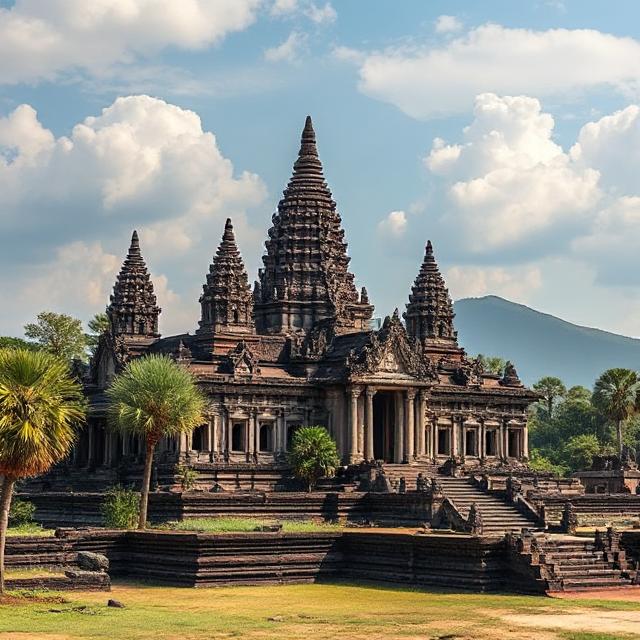
In 1431, as the Khmer Empire began its long decline, forces from neighboring Siam sacked the Cambodian capital at Angkor Thom. That defeat forced the Khmer King to consolidate his power closer to Phnom Penh. Over the next four centuries, Siam gradually chipped away at Cambodian territory, and by 1794, a greatly weakened Khmer Monarch ceded control to Siam over the Northwestern provinces around modern-day Sisophon and Batdambang.
Eventually, Cambodian King Norodom requested French protectorate status in 1863, largely to avoid Siamese domination. Four years later, the King of Siam renounced his claim of suzerainty over Cambodia in exchange for large territorial concessions in Northern and Western parts of the Khmer kingdom, including the area around Preah Vihear.
The brief 1893 Franco-Siamese War saw Laos under French control and the weaker Siamese were vulnerable to further French advances. In 1904, the two signed a border treaty agreeing that the Northern frontier near Preah Vihear would run along the watershed line of the Dangrek Mountains. That principle would have put most of the temple on Siamese soil, but the treaty did not state that. Instead, it provided that the precise demarcation would be agreed by a mixed commission.
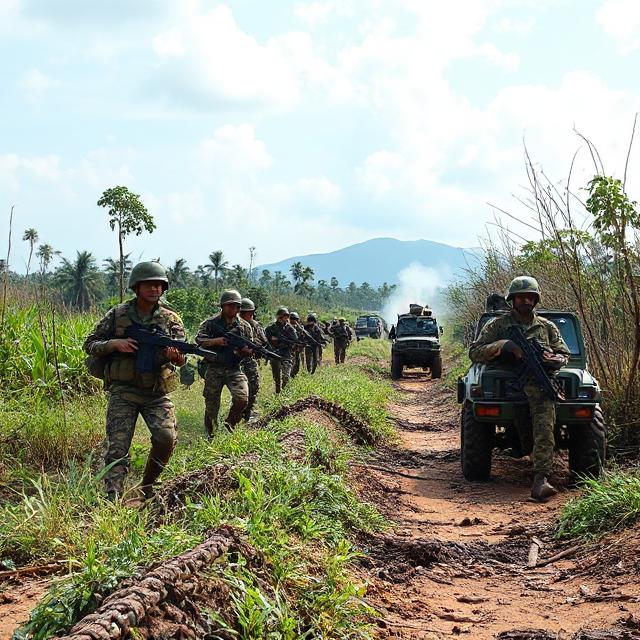
In 1907, French officials conducted a survey and produced a topographical map showing a border that deviated from the watershed line and put all of Preah Vihear on Cambodia’s side. The Siamese members of the mixed commission did not approve the French map, but neither did they conduct a competing survey or raise a clear objection.
In 1941, Thailand seized Preah Vihear and other areas as part of a wartime alliance with Japan. After returning the territory to France, Preah Vihear again changed hands after the defeat of French colonial forces in 1953. A year later, Thai troops moved into Preah Vihear in 1954 to replace the departing French soldiers. Cambodia protested and filed suit at the International Court of Justice (ICJ) five years later which in 1962 issued a judgement in favour of Cambodia.
When Cambodian Prince Sihanouk in 1963 took possession of the temple, he emphasised the significance of the site to Buddhists in both countries. He also stated that Thais would be free to visit the temple without a visa, and permitted Thailand to keep relics taken from the site during the period of Thai occupation, even though the ICJ had ruled that the items should be returned.
However, in 2008 the historical dispute resurfaced when Cambodia sought to register Preah Vihear as a UNESCO World Heritage Site. The Thai government objected on the basis that the application referred to land around the temple that belongs to Thailand.
Analysis
Today, global institutions are only able to give broad and often vague decisions, leaving many issues on hold. This situation and many others like it also show that the global institutions conceived at the end of the First World War and born after the Second World War are no longer capable of meeting the challenges of today’s world. While states accepted the status quo for decades, today there has been a change of equations across multiple indices and the world can no longer depend and rely on the five victors of World War II who also have problems within to resolve complex issues most of which are of their own making. There is thus an inherently failure of the global system.
Following the deadly five-day conflict, relations remain frayed, and peace tenuous. Since the truce both sides have accused each other of violating it, while online, public distrust is being fueled by a bitter confluence of disinformation, threats and nationalism. Cambodia’s Defence Ministry has accused Thailand of installing barbed wire in a disputed border area, while the Thai military has suggested that the Cambodian Army has reinforced troops in key areas.
Negotiations have started on 04 Aug in Kuala Lumpur as both sides seek a long-term resolution. Cambodia is also demanding that Thailand releases 18 of its captured soldiers. Thailand said in a statement that the group are being treated well as “prisoners of war” and will be released after “a complete cessation of the armed conflict, not just a ceasefire.”
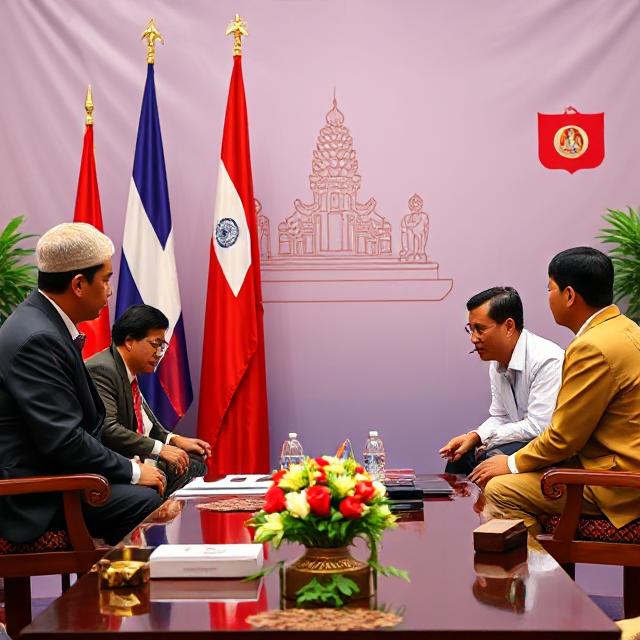
There is also an undeniable undercurrent of a shadow war between the US and China. Cambodia maintains close ties with Beijing. Like a growing number of countries in the region, China is its main investor as well as a key military partner. Phnom Penh has been historically close to Beijing for economic support and regional backing. On the other hand, Bangkok is a long-standing US ally. This is why America and China both intervened diplomatically during the crisis.
Conclusion
Following the peace talks in Putrajaya by Malaysian PM Anwar Ibrahim, as Chairman ASEAN, the Cambodian PM Hun Manet said it is “time to start rebuilding trust and confidence” while the Acting Thai PM Phumtham Wechayachai said his country is committed to peace and negotiated “in good faith”
A fragile truce between the two continues to hold, but, without a verified withdrawal of troops by both sides, which would take many days to carry out reflective once more of the global system’s failure to resolve.
The tragedy of Preah Vihear is that both countries have chosen to emphasize what is disputed about the temple’s history rather than its potential as a “connection” between the two Buddhist neighbours. The fact is that ‘historical memory’ plays a profound role in shaping national identities and international relations.
ABOUT THE AUTHOR
 Maj Gen VK Singh, VSM was commissioned into The Scinde Horse in Dec 1983. The officer has commanded an Independent Recce Sqn in the desert sector, and has the distinction of being the first Armoured Corps Officer to command an Assam Rifles Battalion in Counter Insurgency Operations in Manipur and Nagaland, as well as the first General Cadre Officer to command a Strategic Forces Brigade. He then commanded 12 Infantry Division (RAPID) in Western Sector. The General is a fourth generation army officer.
Maj Gen VK Singh, VSM was commissioned into The Scinde Horse in Dec 1983. The officer has commanded an Independent Recce Sqn in the desert sector, and has the distinction of being the first Armoured Corps Officer to command an Assam Rifles Battalion in Counter Insurgency Operations in Manipur and Nagaland, as well as the first General Cadre Officer to command a Strategic Forces Brigade. He then commanded 12 Infantry Division (RAPID) in Western Sector. The General is a fourth generation army officer.
 Major General Jagatbir Singh was commissioned into 18 Cavalry in December 1981. During his 38 years of service in the Army he has held various command, staff and instructional appointments and served in varied terrains in the country. He has served in a United Nations Peace Keeping Mission as a Military Observer in Iraq and Kuwait. He has been an instructor to Indian Military Academy and the Defence Services Staff College, Wellington. He is a prolific writer in defence & national security and adept at public speaking.
Major General Jagatbir Singh was commissioned into 18 Cavalry in December 1981. During his 38 years of service in the Army he has held various command, staff and instructional appointments and served in varied terrains in the country. He has served in a United Nations Peace Keeping Mission as a Military Observer in Iraq and Kuwait. He has been an instructor to Indian Military Academy and the Defence Services Staff College, Wellington. He is a prolific writer in defence & national security and adept at public speaking.

